
The epidemiology society worked with a few medical organizations to update the guidance to limit infections.

The epidemiology society worked with a few medical organizations to update the guidance to limit infections.

The investigators compared sources of antibiotic resistant genes in human, animal, soil, water/sediment, and wastewater treatment plants.

A study looking at 5 years of data showed a decrease in the amount of cases, but with some important trends to be aware of in this population.

This study of health care access and affordability found adults with long COVID reported more unmet health care needs in the past 12 months.
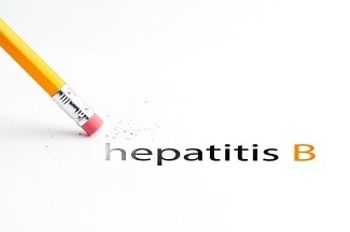
New research suggests that patients with HBeAg-negative chronic hepatitis B can achieve functional cure after ending nucleoside/nucleotide analogues (NUCs) treatment.

Can anakinra reduce inflammation and the need for mechanical ventilation in patients with severe COVID-19 pneumonia?

The US Department of Agriculture’s Food Safety and Inspection Service (FSIS) issues public health alert for salad with chicken and ham.

A literature review found we lack a consistent definition of long COVID, which can lead to variance in if and how these patients are treated.
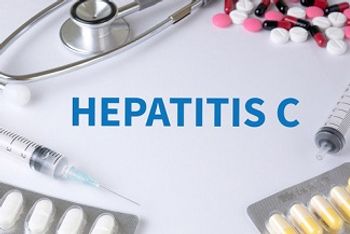
A new study demonstrates having 1 risk factor or more increases the odds of testing positive for hepatitis C (HCV) by 20% compared to individuals without any risk factors.

In patients with hepatitis D (HDV) and compensated cirrhosis, a newer antiviral therapy, bulevirtide (Hepcludex), proved to be efficacious and safe to patients.

This week's most-read stories discussed unforeseen consequences of the COVID-19 pandemic, including an increase in gastrointestinal diseases and a decrease in childhood asthma diagnoses.

When taken within 3 days, doxycycline given post-exposure (doxy-PEP) decreased the incidence rates of syphilis, gonorrhea, and chlamydia significantly.

The pneumonia drug Atovaquone oral suspension, USP 750mg/5mL, has been voluntarily recalled due to potential Bacillus cereus contamination.
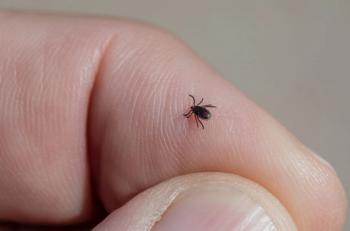
The case and another probable case is being presented at next week’s European Congress of Clinical Microbiology & Infectious Diseases conference.
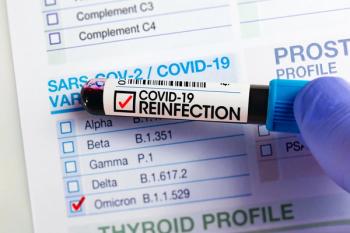
How likely is COVID-19 reinfection? A new study estimates the protection from past COVID-19 infection by variant and time since infection.
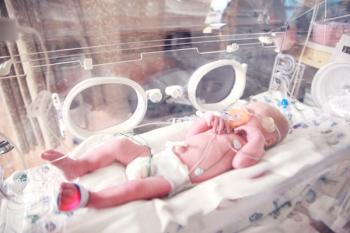
These maternal infections caused seizures, developmental delays, and other health issues in two newborns.
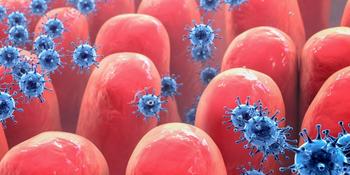
Investigators determined there is a modest increased risk of long-term gastrointestinal symptoms and IBS following COVID-19 infection.
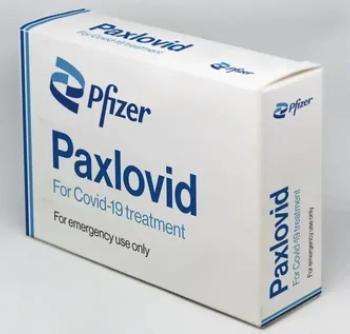
Simulations suggest deaths from COVID-19 could be cut in half if 80% of eligible patients took the antiviral therapy.

Pfizer’s investigational RSV prefusion F protein−based vaccine (RSVpreF) was 81.8% effective at preventing medically attended severe RSV-associated lower respiratory tract illness in infants.
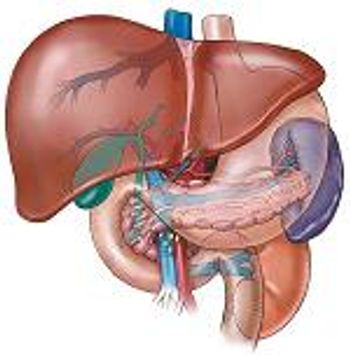
In this guest commentary, Thelma King Thiel, RN, co-founder and chair of the Liver Health Initiative talks about the link between viral hepatitis and liver cancer as well as the need for public awareness to take preventative steps towards trying to prevent both of them.

Despite high vaccination rates and intensive contact tracing and infection control protocols, an Omicron BA.5 outbreak occurred in Urumqi, China after the “zero-COVID policy” was lifted.

A retrospective study indicated higher rates of neurodevelopmental abnormalities in areas such as motor function and speech and language during the first year among babies born to women who had experienced a COVID-19 infection during pregnancy.

Vilobelimab (Gohibic) was granted Emergency Use Authorization to treat adults hospitalized with severe COVID-19 infection.

Investigators reviewed the current literature on the utility of oral vancomycin prophylaxis (OVP), and offered guidance for when this approach may be beneficial.

Nursing home residents 85 years and older or with comorbidities were the most susceptible to COVID-19 breakthrough infections.

First global meta-analysis of direct surveys of HIV, HCV incidence in people who inject drugs (PWID) finds youth and women most affected.
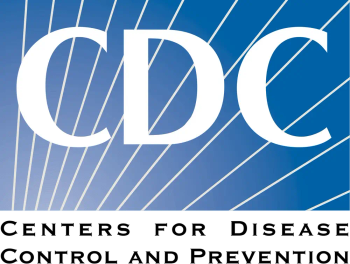
According to the CDC, the outbreak strain of carbapenem-resistant Pseudomonas aeruginosa with Verona integron-mediated metallo-β-lactamase and Guiana extended-spectrum-β-lactamase (VIM-GES-CRPA), has never been reported in the US prior to this outbreak.

COVID-19 prevention practices such as masking, social distancing, and school closures lowered children’s exposures to circulating respiratory viruses and other environmental triggers of asthma.

A novel "antibody-mimetic" molecule administered intranasally in animal model prevented coronavirus infection from older, current and emerging variants.

A recent study of patients evaluated for chronic hepatitis B in Austria found that 9.2% had severe fibrosis or cirrhosis, 5.7% were coinfected with hepatitis D, and up to 30% met treatment criteria.